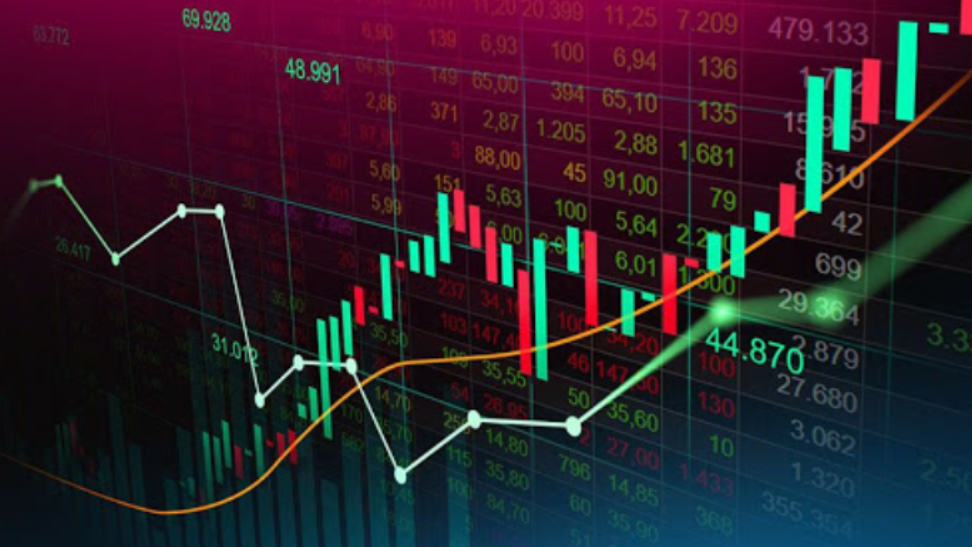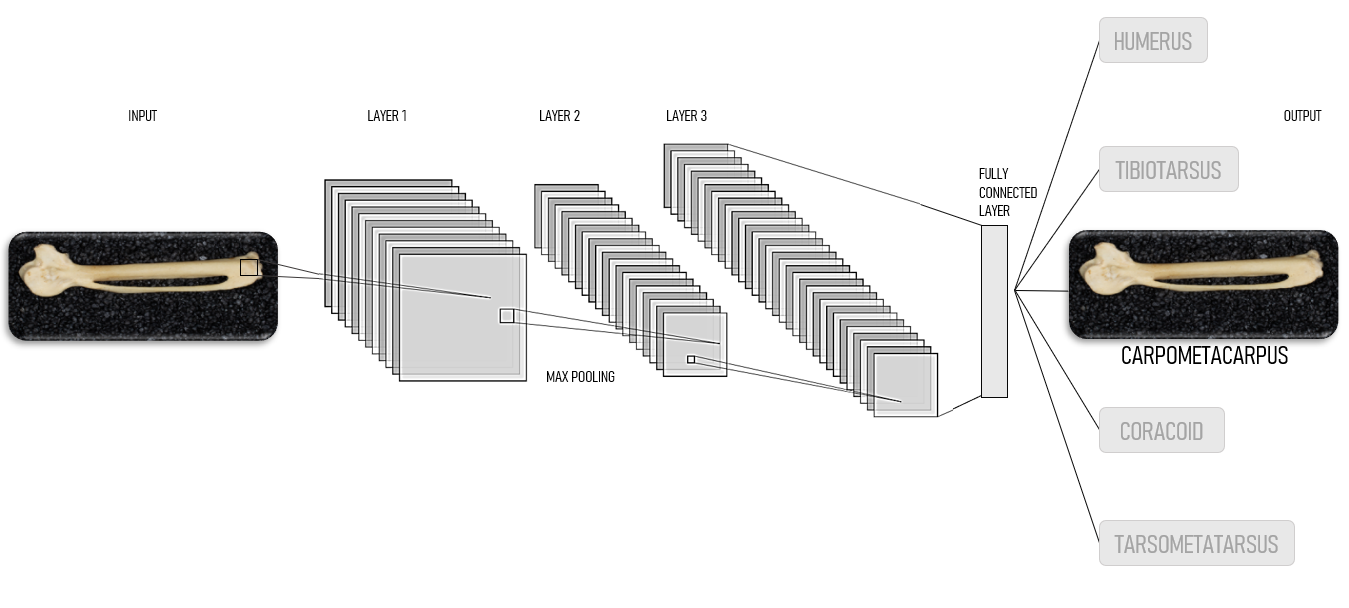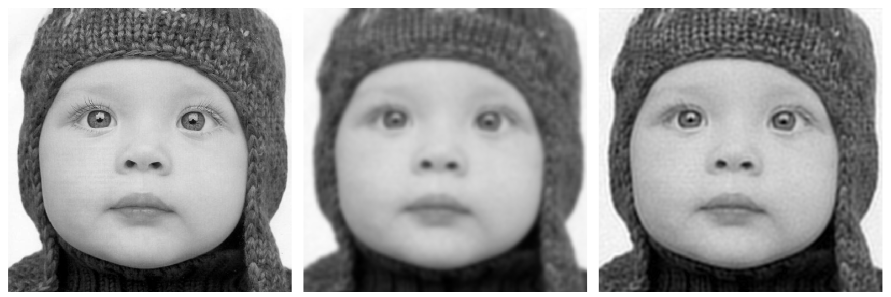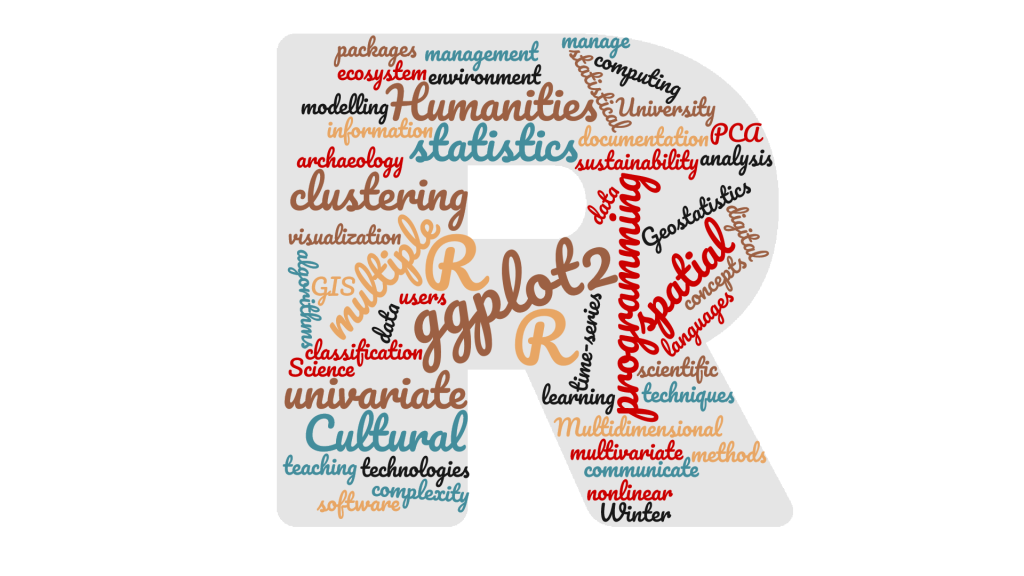Among new areas open to the application of technology skills, Precision Agriculture is definitely a challenging topic, where it is possibile to face complex problems to solve and develop new services for a broad number of potential new markets.
Precision Agriculture is a farming management concept based upon observing, measuring and responding to inter and intra-field variability in crops, or to aspects of animal rearing. It makes use of information technology and data coming from different sources, such as satellite positioning (GNSS) data, remote sensing and proximal data gathering. These and other tools have the goal of optimising farm practices, increasing efficiency of input use, and reducing environmental impacts. The benefits are chiefly due to adjusting farm activities accordingly to actual fields condition at a very detailed scale. The main benefit registered are increased yields, reduced unneeded consumption and increased profitability. Other benefits come from better working conditions, increased animal welfare and the potential to improve various aspects of environmental stewardship. Thus, Precision Agriculture contributes to the wider goal concerning sustainability of agricultural production.
Precision Agriculture technologies allow crop farmers to recognize variations in the fields and to apply, at the right moment, variable type and rate of treatments with a much finer degree of precision than earlier possible. The emergence of Precision Agriculture technology may represents a paradigm shift in farming practices, in particular in those farms characterized by huge land extensions and low skilled labor force hired; indeed it permits the consideration of the field as a heterogeneous entity that allows for selective treatment instead of a homogenous entity that is treated equally. Moreover, the large amount of data produced opens interesting scenarios for the implementation of systems with a high level of automation. At the same time, it opens controversial scenarios on the ownership and availability of the data produced. In table 1 of this study from the European Parliament, an overview of Precision Agriculture technology and applications is presented.
- Technology: Human-Machine-Interface instruments
Objective of development: Terminal suitable for all PA applications
State of Technology: Stand-alone terminals for every single Application - Technology: Ownership of data
Objective of development: Facilitate the exchange of information between farmers, between farmers and contractors or suppliers and between the government and farmers
State of Technology: Data should be the property of the machine owner, but machine manufacturers use them for internal evaluation - Technology: Machine Guidance
Objective of development: Avoid overlapping following same tracks automatically for every field operation, driver relief, reduce chemicals and fuel
State of Technology: Driver assistance, steering support, automatic driving - Technology: Controlled Traffic Farming
Objective of development: Using the same tracks to minimise soil compaction.
State of Technology: Driver assistance, steering support, automatic driving - Technology: Recording of farm machinery movement
Objective of development: Machine surveillance, operators safety, optimization of processes
State of Technology: Data needed to measure and store machinery operations - Technology: Sampling location
Objective of development: Offline determination of soil quality, status of ground swell (pH-value, phosphor, potash, magnesium), soil composition
State of Technology: Detailed information about the soil fertility and transmitted diseases for optimal management and to fulfil legislation - Technology: Biomass monitoring
Objective of development: Mapping the state of plant growth and amount of nitrogen needed
State of Technology: Location-specific continuous or discrete crop phenology observations, optical sensors for canopy status and nitrogen content - Technology: Sensor and sensor fusion development
Objective of development: Automated data fusion of different sensor information for real-time decisions based on multi-layer datasets
State of Technology: Sensors for measurement of several parameters that are later integrated into products. - Technology: Machine Vision Systems
Objective of development: Guaranteeing the safety and security of food. Combining this data with producers’ operation records (for example, when, where, and what kind of chemicals were sprayed, what kind of fertilizers were conducted)
State of Technology: Monitoring and classifying/grading fruit or vegetables. - Technology: Remote sensing (RS) techniques
Objective of development: Relating these images to yield potential, nutrient deficiencies and stresses
State of Technology: Recent aerial or satellite imagery - Technology: Variable rate application
Objective of development: Application of seeding, fertilizing and spraying according to accurate mapping of soil and plant information
State of Technology Enables specific treatment of areas within a crop parcel with variable levels of production. - Technology: Harvest monitoring
Objective of development: Localised harvesting information about crops and machine status to improve yield
State of technology: Harvesting information (instant wet and dry readings, crop density, cutting and harvesting and information about yield) - Technology: Individual livestock tracking in a small scale
Objective of development: Information about animal health status and grazing behaviour, virtual fencing, understanding grazing pressure
State of Technology: Monitoring systems for the animals through GNSS receivers, storing position data at regular intervals - Technology: Tracking livestock transporting
Objective of development: Complying with legal regulations of animal welfare
State of Technology: Record the movement of vehicles - Technology: Electronic submission of area aid applications
Objective of development: Compliance of legal regulations
State of Technology: GNSS receivers allow the measurement of an area, the perimeter of a parcel or changed portions of a boundary - Technology: Farm Management and Decision Support
Objective of development: Software solution for farmers for automatic documentation, telemetry, decision support, machine control
State of Technology: Data management and decision support solutions existing from machine manufacturers and from providers of precision farming services
Examples of Precision Agriculture applications date back to the Yara N-sensor developed in the ’90s, a tool useful to variable-rate application (VRA) technologies with data collected directly in the fields. A Yara N-sensor detects the status of nitrogen and biomass of plants by measuring canopy reflectance in parts of the red and near infrared electromagnetic spectrum. The obtained spectral information is combined with a fertilizing algorithm which allows site-specific nitrogen fertilization within a field. [1].
A completely different approach for variable-rate application is CropSAT, a service developed during the years 2013 – 2014. CropSAT uses satellite images for calculation of a vegetation index [2] for computation of VRA files for nitrogen fertilization in cereals. The vegetation index in CropSAT is correlated to measurements done with the Yara N-sensor [3]. CropSAT could be seen as an alternative to the N-sensor, but with lower resolution.
Other very useful information can be extrapolated from satellite or drone data, such as actual evapotranspiration as a function of water availability. It can be measured remotely with infrared radiometers. The combination of soil water flow models, detection of crop water stress, and evapotranspiration, enables rational irrigation timing and application amounts. Similarly, to support decisions regarding fertilizers the greenness of plant canopies is assessed and quantified by using the spectral reflectance sensors and digital color imaging. In this and other cases RGB and infrared images data (drone or satellite harvested) provide many useful information, in order to understand and evaluate canopy stress status, and drive both fertilizers or pesticides applications.
Tools that can enhance prediction capacity of the models are soil based sensors: latest ones are based on volatile compound detection. For example, soil sensing stations installed in a precision agriculture farm can generate online real-time soil data, to keep track of soil status based on volatile organic compounds (VOCs). Portable e-nose was also deployed for discrimination of soil VOCs formerly treated with organic fertilizer and NPK (three-component fertilizers providing nitrogen, phosphorus, and potassium) compound fertilizers [4]. Other standard devices are based on electric transmittance, that can evaluate soil moisture and temperature in order to obtain direct and continuous measures, in this way enhancing model calculation and obtaining direct indication for water management.
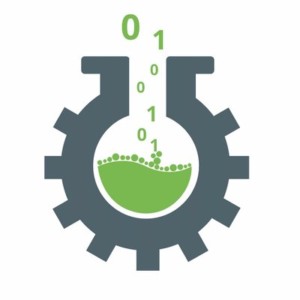
The above examples are just some of the technologies and tools currently available and used for data gathering or information provisioning as part of the precision agriculture implementation. These tools generate large and heterogeneous datasets, providing valuable information on production and management plans. Behind the scenes, there is a variety of Data Science methods transforming, through Geographic Information Systems (GIS), the geo-referenced data collected by different sensors into maps providing information on crop physiological status and soil condition.
By developing models and techniques in order to understand causalities and interrelations between plants, soil, pathogens and climate, data science helps to create highly smart Farm Management Systems, making them accessible to farmers through consulting, advisory and training services and/or directly through dedicated software products.
References
[1] Link A., Panitzki M. & Reusch S. (2002). Hydro N-sensor: Tractor-mounted remote sensing for variable nitrogen fertilization. In P. C. Robert (Ed.), Proceedings of 6th international conference on precision agriculture (pp. 1012–1018).
[2] Qi J. G., Chehbouni A., Huete A. R., Kerr Y. H., & Sorooshian, S. (1994). A modified soil adjusted vegetation index. Remote Sensing of Environment, 48(2), 119–126.
[3] Söderström M., Stadig H., Nissen K., Piikki K. (2015). CropSAT: Kväverekommendationer och grödstatuskartering inom fält genom en kombination av satellitdata och N-sensorer. [In Swedish] (CropSAT: Nitrogen recommendations and crop status mapping within field by a combination of satellite data and N-sensors). Department of Soil and Environment, Precisionsodling Sverige, Report Nr: 36, Swedish University of Agricultural Sciences.
[4] Dorji U., Pobkrut T., & Kerdcharoen T. (2017). Electronic nose based wireless sensor network for soil monitoring in precision farming system. In Knowledge and Smart Technology (KST), 2017 9th International Conference on (pp. 182-186). IEEE.


